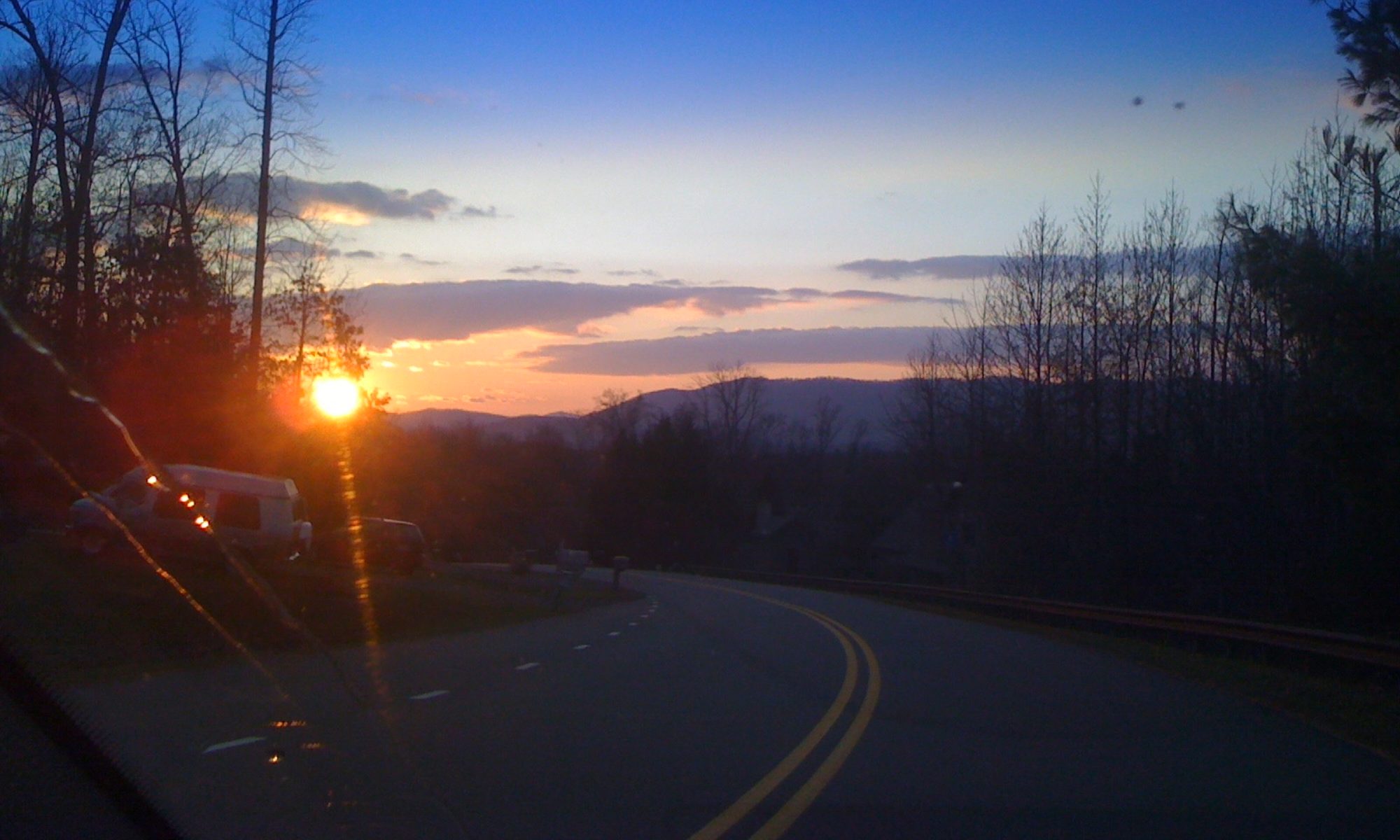Overview
The Mill Creek South board recently authorized a habitat corridor in front of our entrance sign. Thanks to Hummingbird Hill Native Plant Nursery in Free Union for their extensive, expert advice. This nursery is dedicated to recovering local ecosystems by strengthening native plant populations. Thanks also to several volunteers who planted and will water the plants until established.
What is a habitat corridor? Benefits?
A habitat corridor is an area where native local plants can create a supportive environment for insects, birds and other native wildlife. These plants provide nectar, pollen, food, nesting and serve as host plants for many species.
Many of our native insects are specialists, which means they can only use one kind of nectar or pollen or host plant. Most are familiar with the fact that monarch butterflies are specialists and can only use milkweed as a host plant.
Although many non-natives or cultivars may provide some nectar or pollen, most do not provide adequate hosting essential to sustaining wildlife, especially caterpillars. These insects, primarily moth caterpillars, are needed by 96 percent of terrestrial birds to feed their young. Caterpillars are a vital food source because they provide soft food, similar to baby food.
An interesting example are chickadees. One pair needs 6,000–9,000 caterpillars to feed their young over a 16-day nesting period. Chickadees bring caterpillars to their nests every three minutes, 14 hours or more a day, for 16–18 days.
Loss of habitat is a major reason why insects and birds are declining.
How Our Plants Were Selected. Native perennials were chosen:
- for their benefit to local wildlife,
- for their ability to thrive long-term in our ecosystem,
- because they are low-growing and will not interfere with existing plants,
- so they will not obstruct lighting of the sign,
- because they will complement each other, and
- because they are generally deer resistant.
Our Plants. We planted five species of plants native to the Piedmont:
- Purple Lovegrass (Eragrostis Spectabilis)
- Path Rush (Juncus Tenuis)
- Common Blue Violet (Viola Sororia)
- Lyre-leaf Sage (Salvia Lyrata)
- Wild Strawberry (Fragaria Vrginiana)
Since native plants provide essential benefits year-round, it is important to provide a variety of plants to meet various needs of wildlife.
Although these plants may not be as showy as some non-natives and cultivars, they can silently provide amazing benefits to our local ecosystem year-round. All provide pollen, nectar, food (seeds and/or berries), nesting, and host insects, especially caterpillars.
Details about these specific plants and how they benefit our ecosystem are available here: https://millcreeksouth.org/about/grounds-committee/info-on-plants/
